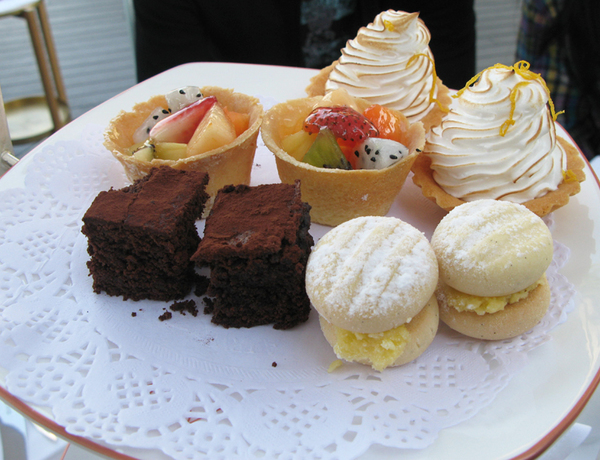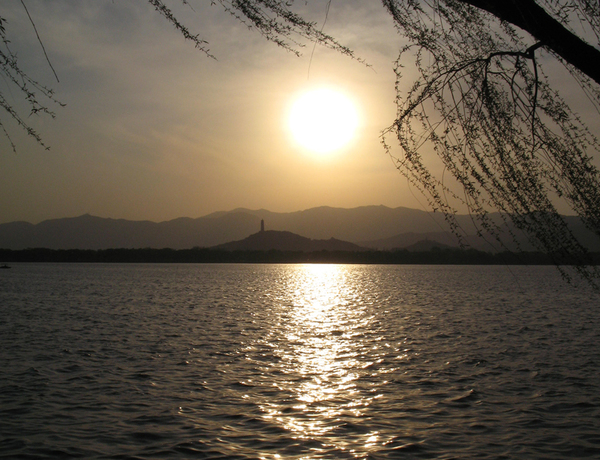
Argentina
Australia
Austria
Bosnia and Herzegovina
Denmark
Ecuador
Finland
France
Georgia
Germany
Greece
Hong Kong
Hungary
Iceland
Indonesia
Ireland
Israel
Italy
Latvia
Lithuania
Malta
Mexico
Morocco
New Zealand
Oman
Pakistan
Panama
Philippines
Puerto Rico
Romania
Russia
Serbia
Singapore
Slovenia
South Africa
South Korea
Sri Lanka
Taiwan
Thailand
Ukraine
United Arab Emirates
United Kingdom
United States
Albany
Atlanta
Austin
Avalon
Baltimore
Berkeley
Brooklyn
Cambridge
Carrboro
Chicago
Denver
Detroit
Huntington Beach
Jersey City
Joshua Tree
Lancaster
Lawrence
Los Angeles
Miami
Minneapolis
Montclair
Nashville
New Orleans
New York
Oakland
Philadelphia
Pittsburgh
Portland
Providence
Ridgewood
Rochester
San Diego
San Francisco
San Jose
San Luis Obispo
Santa Fe
Seattle
Springfield
Steamboat Springs
Vail
Waimea
Warner Robins
Youngstown
Uruguay
Vietnam




